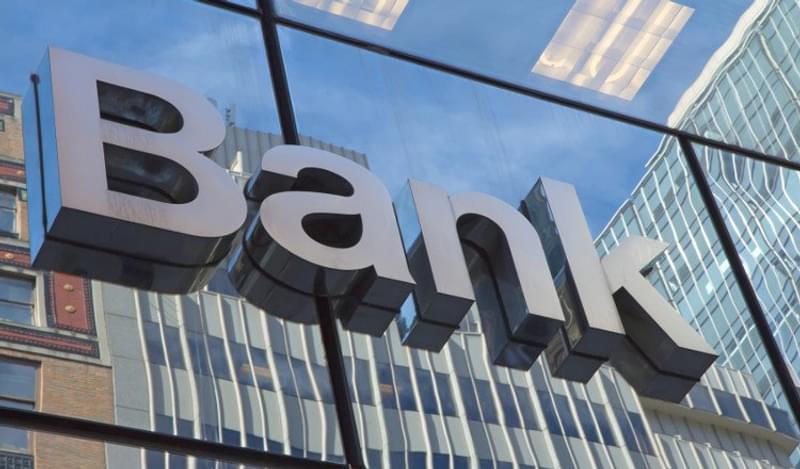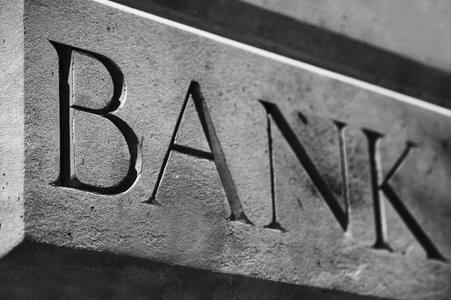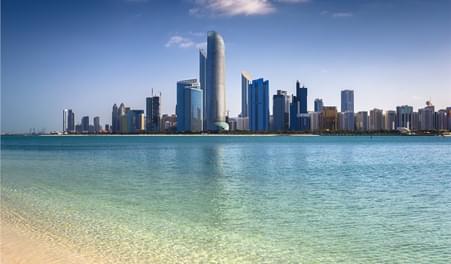The new reality likely to confront the region’s borrowers lends renewed importance to investment diversification, local expertise, balance sheet structure, and strong lender or investor relationships as the essential building blocks of funding strategies that support growth. For the region’s borrowers, strong local partners with a proven track-record on all these fronts will be crucial.
In 2017, a Changing Market Raised New Challenges for Borrowers
When it comes to borrowing, 2017 marked a distinct deviation from the trend seen in previous years. The region’s credit markets were dominated by the presence of GCC sovereigns which, facing widening budget deficits, lower oil prices, reduced bank deposits and record low interest rates, flocked to the bond market – some for the first time – in a bid to fix their borrowing costs, diversify their investment sources, and continue spending on key infrastructure initiatives.
There are three primary benefits associated with the broader shift to the bond market among GCC entities seen in 2017 that we can already see emerging amongst the region’s borrowers.
This first is that their existing funding mix has become, on aggregate, more diversified; according to data published by Fisch Asset Management, about 75% of the more than USD70bn in bonds issued from the GCC was picked up by non-GCC investors.
Second, it has created a platform for some of the region’s larger corporate entities to enter the bond market for the first time, where – in 2017 at least – many were able to secure competitive borrowing costs at a time that saw tighter regional bank liquidity.
Finally, and perhaps most important though least discussed, is that it has helped promote a cultural shift within the funding and executive teams at many of the region’s entities – towards one that places greater emphasis on active balance sheet management, greater transparency and disclosure, and higher governance standards, helping them align their internal corporate practices and approach to funding with globally recognised standards.
Many of these benefits, however, haven’t been evenly distributed among the region’s borrowers.
Most small and mid-sized firms – which represent more than 85% of the businesses in the UAE – remain locked out of public international bond markets due to their size and the scale of their borrowing needs; many also lack the scale necessary to attract the attention of international banks.
These entities form the backbone of the economy and are central to the country’s goal of greater economic diversification. But without access to diverse liquidity pools at competitive rates, there is a risk that many could remain in a state of arrested development.
Tapping into new markets, and charting a longer-term transition in terms of corporate culture and funding structure is crucial for borrowers both large and small, but difficult to achieve without committed and capable financing partners that also understand the local economy and its unique attributes.
To progress down that path, and position themselves to take advantage of more commoditised investment products like bonds in the process, borrowers often need to turn to more innovative and flexible structured products that enable rather than hinder new investment – by reducing the cost of borrowing and, at the end of the day, helping business leaders focus on their core business. This will only become more important as global markets become more volatile and as interest rates rise.
Helping Borrowers Throughout Their Capital Markets Evolution
ADCB is privileged in being able to support our clients within and beyond the UAE in this corporate and funding evolution; indeed, the bank and our clients have been recognised for excellence in this regard. A brief look back at the 2017 Bonds, Loans & Sukuk Middle East Awards in Dubai last December, where several of the borrowers ADCB supported won first prize for innovative transactions that set new benchmarks in their respective categories, illustrates how we have both helped borrowers in the development of their debt funding strategies and their broader evolution while supporting the growth of the local economy.
For example, Al Ahlia Group’s multi-tranche and dual-currency loan (Private Sector Deal of the Year 2017) marked its first foray into the syndicated loan market; it was an exercise in agile execution and strategic simplification. The transaction, which was brokered in just five weeks and fully underwritten by ADCB, is a cornerstone of the company’s credit consolidation and debt management strategy. The deal effectively helped Al Ahlia Group diversify its sources of financing, and positions the company well for a capital markets debut – which seems possible in the long run given the company’s growth prospects and impressive trajectory.
A regional powerhouse, National Central Cooling Company’s (Tabreed) club loan (Local Currency Deal of the Year 2017) is an excellent example of the impact structural innovation can have on a borrower’s long-term financing strategy. The 10-year sharia-compliant facility helped the company to diversify its funding base, extend its maturity profile and lower its financing costs.
This sharia-compliant facility allowed Tabreed to secure better terms on a previous loan, opened the company up to sharia-compliant investors, positioning it well for future sukuk transactions. The innovative Islamic component of the structure, based on the sale and purchase of refrigeration capacity, was a first for the sector.
Mapa Gunal Group’s multi-tranche, multi-currency facility (Real Estate Finance Deal of the Year 2017) to finance the development of the World of Wonders tower marked the Turkish developer’s impressive debut in the UAE market. Through a combination of underwritten debt and equity, and with no reliance on third party money from the proceeds of unit sales, ADCB helped the company by flexing its local knowledge and structuring expertise to maximise banking liquidity for Mapa Gunal, while effectively drawing in global liquidity from the Europe and China – in addition to the UAE.
The GCC Borrowing Environment in 2018: Local Expertise and Global Reach in Focus
This year, the trend towards increased borrowing certainly looks set to continue. In 2018, Moody’s estimates that the funding needs of GCC countries (Saudi Arabia, United Arab Emirates, Kuwait, Qatar, Oman, and Bahrain) stand at roughly USD148bn, likely prompting many regional governments to rely heavily on global and regional credit markets to meet their borrowing requirements.
In the UAE specifically, analysts at Standard and Poor’s are predicting between 8-9% loan growth for year, driven in part by higher government spending and a ramp-up in infrastructure investment in the UAE.
But far from the wholesale shift into the bond markets that many predicted for the region’s borrowers just 12 months ago, the nature and sources of that borrowing seem unclear – and, as ever, will be shaped by the shifting macro environment.
Rising oil prices and interest rates combined with improving economic fundamentals, more targeted government investment, is leading to a rise in government revenues and greater liquidity within the region’s banks.
Taken together, this means the local loan market is likely to offer cost-competitive funding for the region’s corporate entities, particularly as they look to solidify their financial position in a bid to broaden their funding options in the long term.
With regional volatility becoming a growing risk in 2018 and interest rates rising globally, the need to diversify investment sources is more important than ever.
For borrowers, then, partnering with local funding partners that can support the evolution of their capital markets strategy – through well-structured, broadly distributed transactions – is no longer a nice-to-have but a need-to-have.









